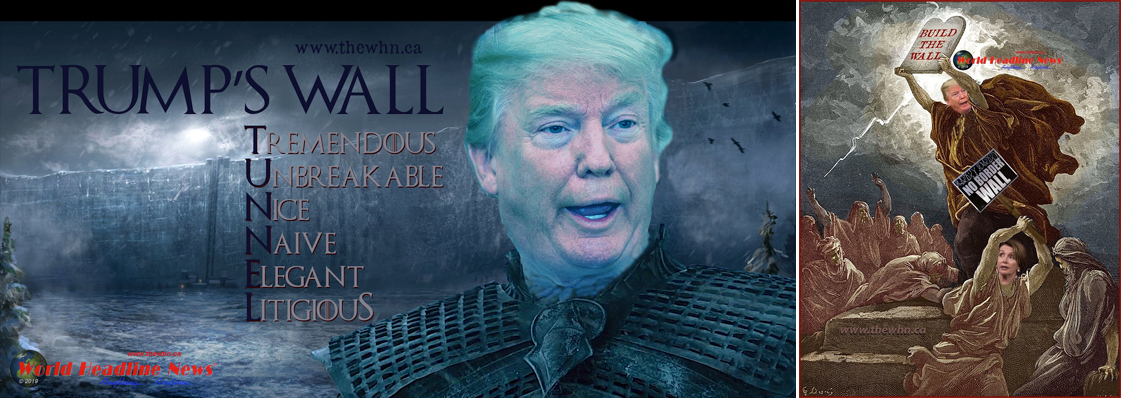WHN photo

Introduction by:
Dr. Dana Devine, Graduate Studies Program Director
Introduction
Some of you may not yet have had the opportunity to meet Dr. Mark Scott. This is really a shame, and hopefully you’ll have the chance sometime, somewhere soon. In addition to his membership on the faculty of our department, Mark is also a senior scientist with Canadian Blood Services and a member of the UBC Centre for Blood Research. Mark is a very creative scientist and the inventor of ‘stealth red blood cells’ and ‘nose juice’ which share the idea of using polymers to block natural processes. In the case of stealth RBCs, a polymer coating allows the movement of small molecules while protecting the cells from antibodies against blood group antigens. Mark has also used polymers to interfere with viral infection in the case of nose juice, and immunomodulation.
But that is only the tip of the iceberg of Mark’s creative genius. Mark has a not so secret life as the author/editor of a satiric newsletter that pokes fun at public figures, especially the more outrageous American ones. Mark’s life as a published satirist has become much more interesting with the current White House tenant. Using his 3D printer, he has even printed a satirical statuette of the Orange Man himself. Enjoy the interview with Dr. Scott!
University of British Columbia - Canadian Blood Services
Department of Pathology and Laboratory Medicine - Centre for Innovation
Centre for Blood Research
I’ve published “The World Headline News” for 25 years (yes, 25 years) first in print then on the web; it is a satire site, usually political.
What is the World Headline News?
Do you write the WHN alone and how often does it publish?
How did you become interested in political satire?
Tell us about your process. Where do you capture ideas?
What are your favorite pieces from WHN and where do the ideas come from?
Did you want to write before you became a research scientist or was it your experience as a research scientist that inspired you to start writing?
In what ways does writing help you do research and if you could communicate one thing to medical or Ph.D. students about the value of art, as a researcher, what would you want to say?
- There are three morals to this story:
- Dead meat oxidizes.
- Dead material which is oxidized did not necessarily die of oxidation.
- When engaging in forensic oxidology, beware the 1969 Chevrolet pick-up truck.*

